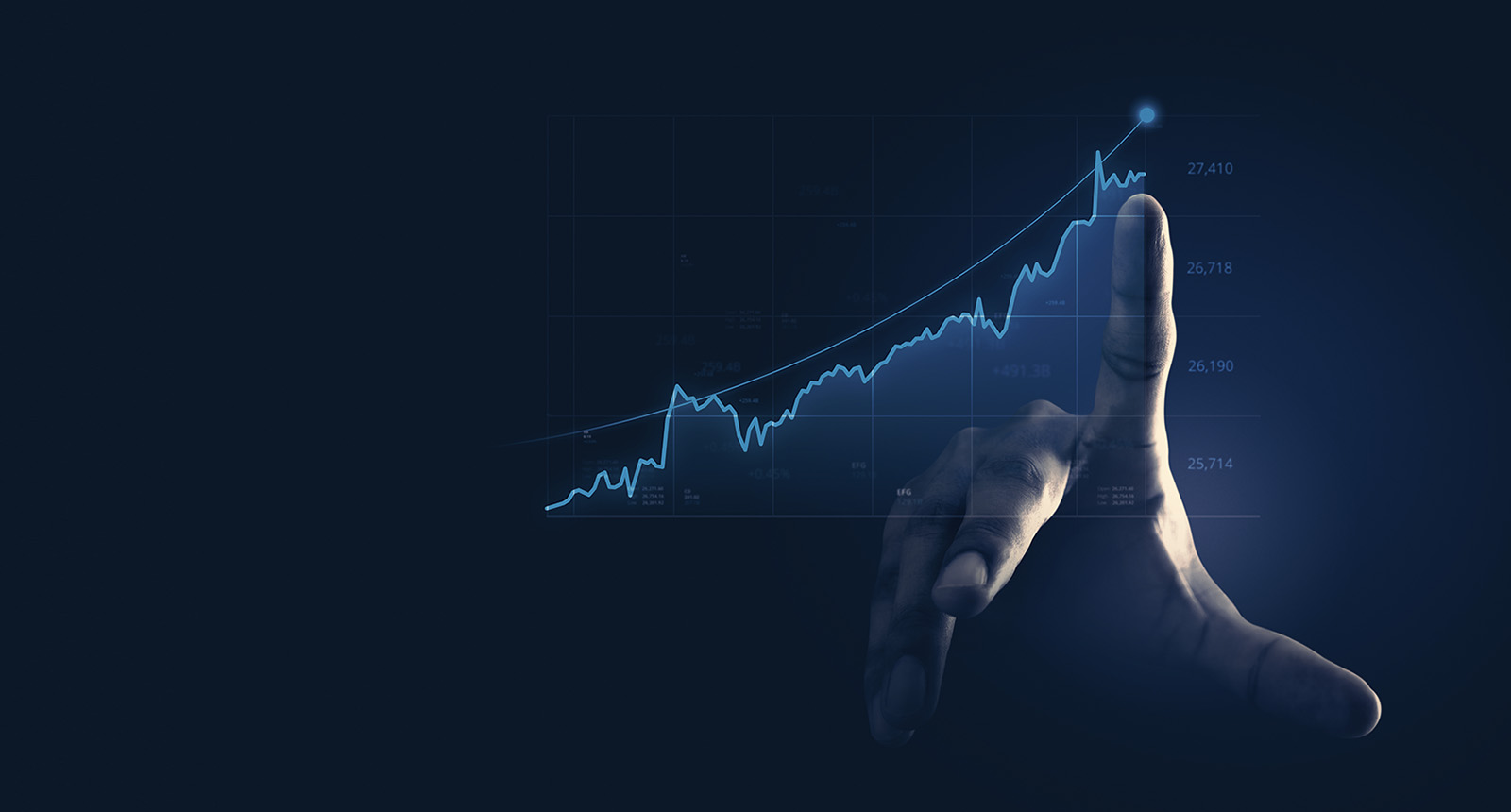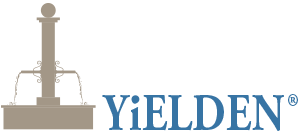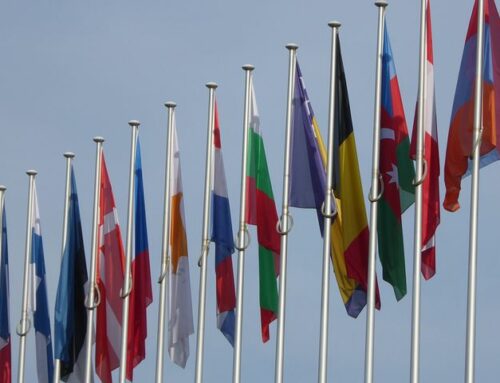The COVID-19 pandemic has had a significant impact on global markets and investment strategies.
As economies gradually recover, new investment opportunities are emerging, particularly in the structured products and certificates market.
We analyze the evolution of the structured products market during and after the pandemic in Europe and Switzerland, and explore the new investment opportunities that have arisen as a result of this shift.

As economies stabilize and new investment themes emerge, structured products and certificates are likely to play an increasingly important role in investors’ portfolios, offering tailored solutions to help them achieve their financial goals in a dynamic and uncertain market environment.
As economies stabilize and new investment themes emerge, structured products and certificates are likely to play an increasingly important role in investors’ portfolios, offering tailored solutions to help them achieve their financial goals in a dynamic and uncertain market environment.
Structured products are financial instruments that combine various assets, such as equities, fixed income, commodities, and currencies, to create a tailored investment product. These products often include derivatives, which provide exposure to the underlying assets and allow investors to achieve specific risk-return profiles.
Certificates are a type of structured product that provides investors with exposure to an underlying asset, such as an index, without the need to directly invest in the asset itself.
Pandemic-Induced Volatility and the Demand for Structured Products
During the COVID-19 pandemic, markets experienced unprecedented levels of volatility. The EURO STOXX 50 Volatility Index (VSTOXX), a measure of European stock market volatility, spiked to a record high of 95.02 in March 2020, compared to an average of around 20-25 in the pre-pandemic period (Source: Investing.com).
This volatility created challenges for investors seeking to navigate turbulent markets while preserving capital and generating returns.
In response, many investors turned to structured products and certificates as a means to manage risk, generate income, and achieve specific investment objectives. According to the European Structured Investment Products Association (EUSIPA), the total market turnover of structured products in Europe reached €275 billion in 2020, a 3.3% increase compared to the previous year (Source: EUSIPA).
Switzerland, as a major financial hub, also experienced significant growth in the structured products market. The Swiss Structured Products Association (SSPA) reported that the total turnover in the Swiss market increased by 8.2% to reach CHF 335 billion in 2020 (Source: SSPA).
The Post-Pandemic Landscape: New Investment Opportunities and Trends
As economies recover and market conditions stabilize, the demand for structured products and certificates continues to grow.
Several trends and investment opportunities have emerged in the post-pandemic landscape, including the following:
- ESG-Themed Structured Products
Environmental, Social, and Governance (ESG) investing has gained significant momentum during the pandemic, with investors increasingly seeking to align their portfolios with responsible and sustainable principles. In response, issuers have launched a range of ESG-themed structured products, which provide exposure to ESG indices or individual ESG-compliant companies.
According to the EUSIPA, ESG-themed structured products accounted for approximately 10% of new issuances in Europe in 2021 (Source: EUSIPA).
- Structured Products for Inflation Hedging
With governments implementing massive stimulus packages and central banks maintaining low interest rates, concerns about rising inflation have become prevalent among investors. To address these concerns, structured product issuers have developed products designed to hedge against inflation, such as those linked to inflation-linked bonds or commodity indices. In Switzerland, for example, UBS launched a series of inflation-linked certificates in 2021, providing investors with exposure to Swiss and European inflation expectations (Source: UBS).
- Crypto-Linked Structured Products
The growing interest in cryptocurrencies and digital assets has led to the development of crypto-linked structured products. These products provide investors with exposure to the performance of cryptocurrencies, such as Bitcoin and Ethereum, without the need to
directly purchase or store the digital assets themselves. Crypto-linked structured products offer a more accessible and regulated way for investors to gain exposure to the rapidly evolving digital asset market.
For instance, in 2021, Swiss bank Leonteq launched a range of crypto-linked structured products, including tracker certificates and reverse convertibles linked to Bitcoin and Ethereum (Source: Leonteq). Similarly, in Germany, Vontobel introduced Bitcoin-linked tracker certificates, allowing investors to participate in the performance of the cryptocurrency while mitigating the risks associated with direct ownership (Source: Vontobel).
- Thematic Structured Products
Investors are increasingly looking for targeted exposure to specific themes or sectors, such as technology, healthcare, and renewable energy, which have experienced accelerated growth during and after the pandemic. To cater to this demand, issuers have developed thematic structured products that provide investors with exposure to niche market segments and trends.
For example, Swiss-based issuer Julius Baer introduced a series of structured products in 2021 focusing on themes such as digital health, e-commerce, and sustainable agriculture (Source: Julius Baer). These products allow investors to capitalize on the growth potential of these sectors while managing risk through tailored payoff structures.
- Enhanced Income Products
In the persistently low-interest-rate environment, investors are seeking alternative sources of income. Enhanced income products, such as reverse convertibles and autocallables, have gained popularity as they offer investors the potential for higher yields compared to traditional fixed-income instruments.
In Europe, the demand for enhanced income products has grown significantly. According to a report by BNP Paribas, autocallable issuance in Europe increased by 24% in 2021 compared to the previous year, reaching a total of €24 billion (Source: BNP Paribas).
In Switzerland, the issuance of reverse convertibles reached CHF 10.5 billion in 2021, a 15% increase compared to 2020 (Source: SSPA).
In the post-pandemic landscape, the demand for structured products continues to grow, driven by new trends such as ESG investing, inflation hedging, crypto exposure, thematic investing, and the search for alternative income sources.
Get Started with YiELDEN




